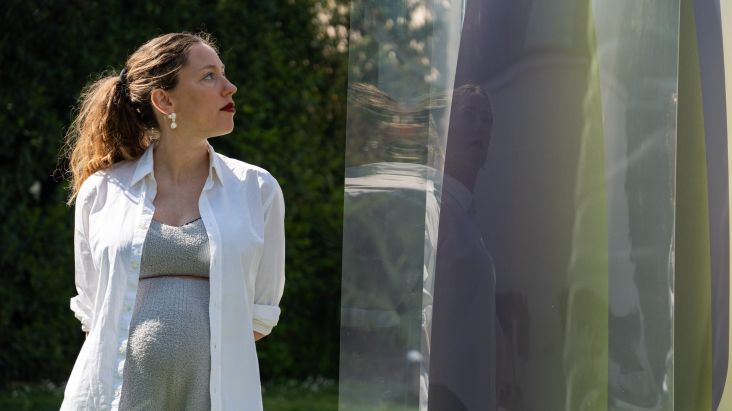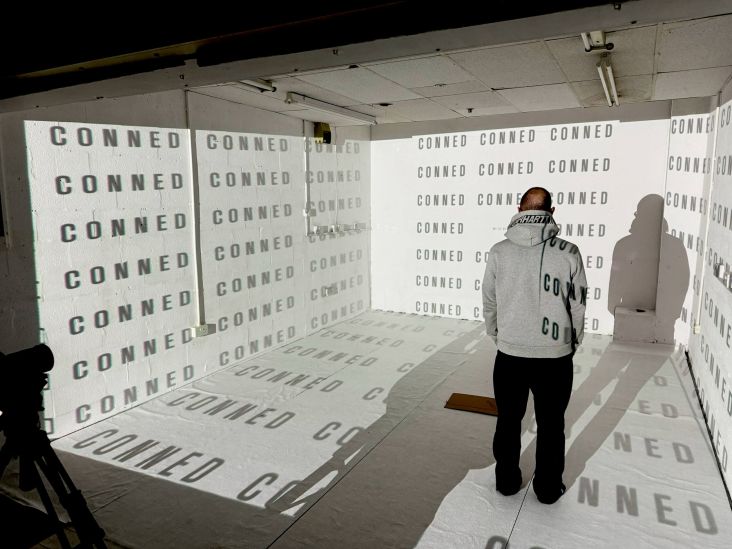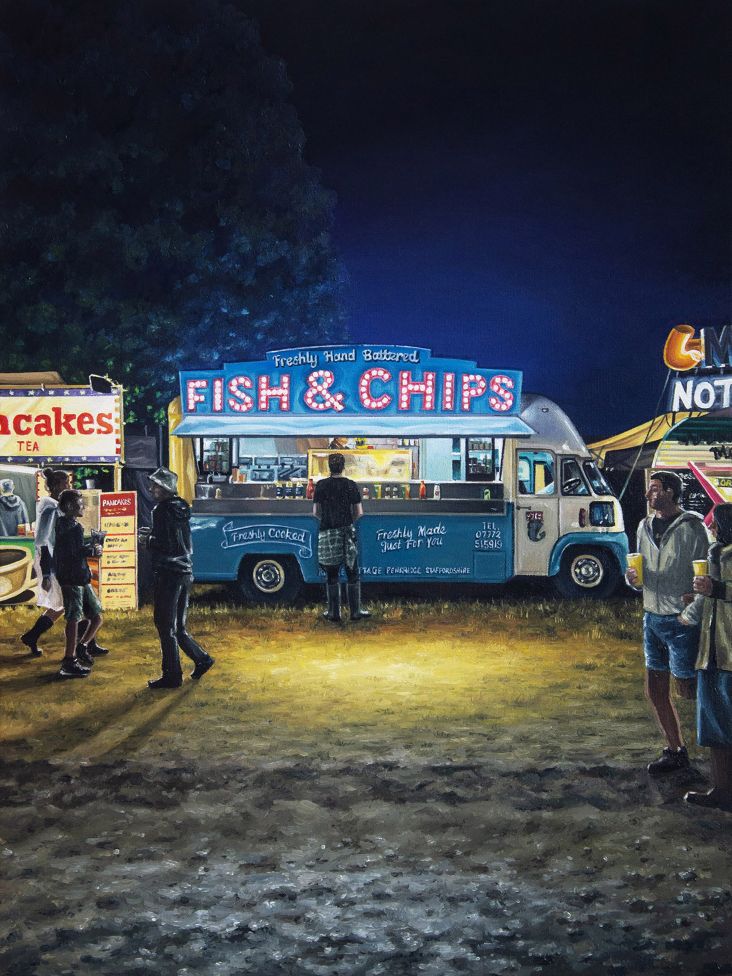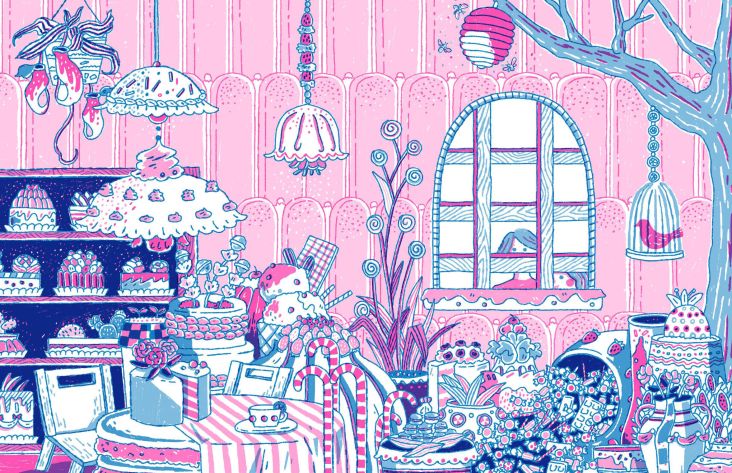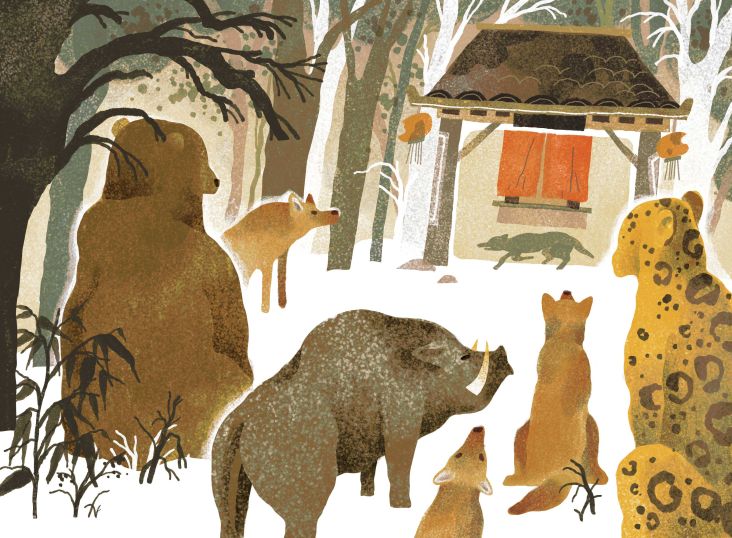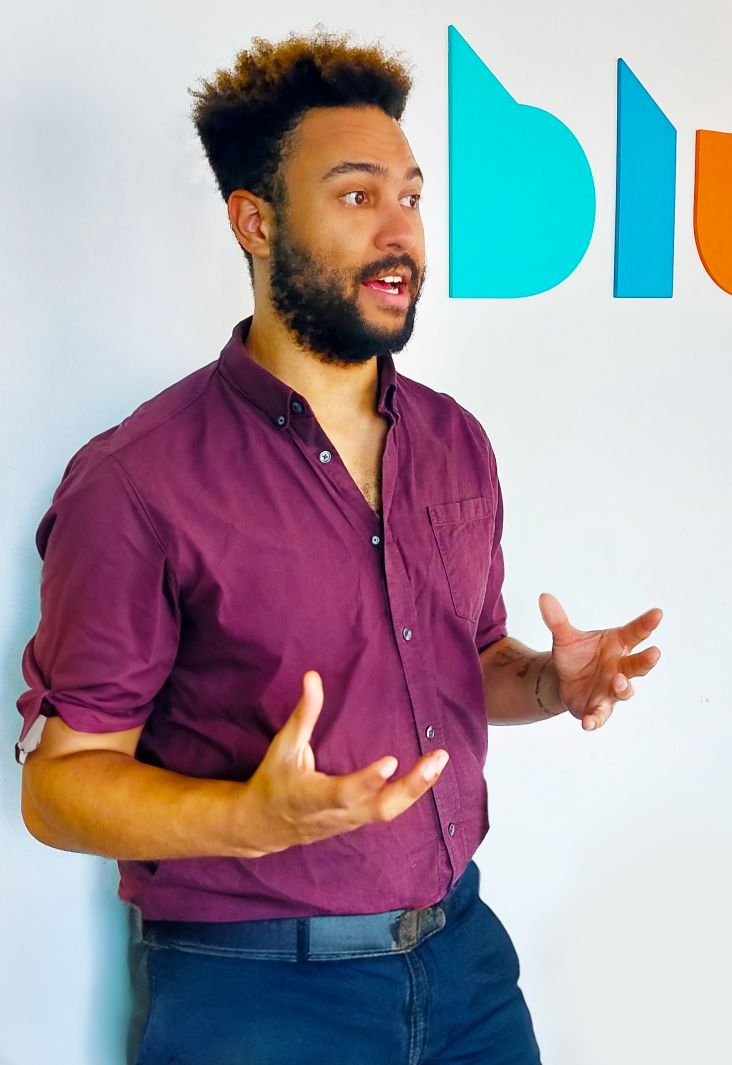Flow's powerful animation for The Trussell Trust helps break harmful poverty stereotypes
Manchester-based creative company Flow has created a striking animation for The Trussell Trust, which aims to help students and teachers alike understand the challenges facing young people in poverty.
Genuine and relatable stories are at the heart of Flow's latest animation for The Trussell Trust. Documenting the lived experiences of secondary school children growing up in poverty, the series of thoughtful and beautifully realised vignettes are based on resources from the trust's youth participation group, Stand for Change.
Taking a deliberately minimalist approach, which allows the accounts narrated by young people to take centre stage, the animation puts audiences in the characters' shoes. With screenings due to take place in schools across the UK and on social media, it's hoped the animation will equip young people and teachers with the knowledge to support young people facing hardships.
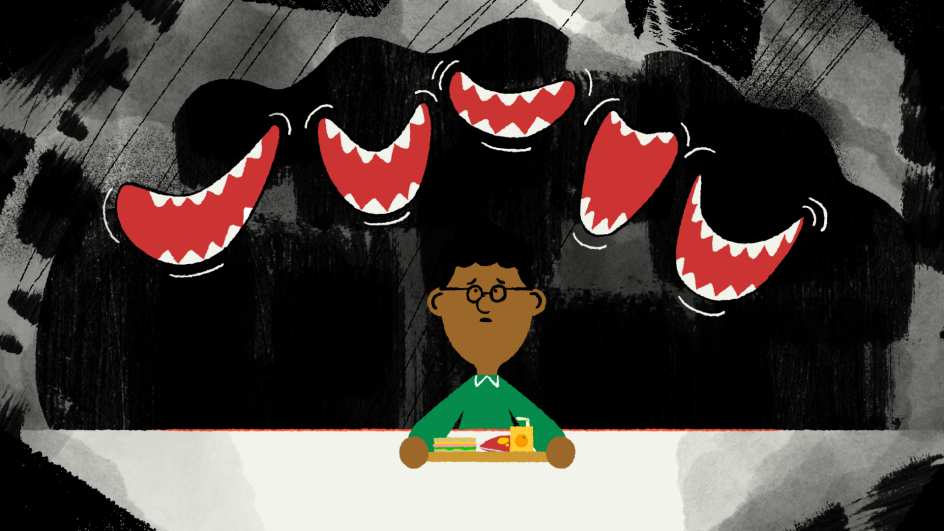
With child poverty at its highest in 30 years, the animation is unfortunately well-timed. A worrying 11% of secondary school children in the UK skip a meal at least once a week due to financial pressures, while the country's housing crisis continues to have a knock-on effect on the health of teenagers.
The Trussell Trust knew it could rely on Flow to convey these stories. Having previously worked with the creative company on a joint project with the Joseph Rowntree Foundation, Flow had proven itself capable of using its storytelling and animation skills to help organisations make an impact.
"We are big believers in using the power of creativity to make a positive difference in the world," says Flow CEO Karl Doran. "Over the years, we have come to specialise in creating films and campaigns for charities and NGOs that tell their stories and help to drive change in perception, attitude or behaviour.
"There are lots of techniques and design thinking that go into that, but it essentially explains an issue in a way that makes sense to people and creates an emotional connection with the audience. We've worked with over fifty charities now, and it's amazing to see the range of campaigns and issues we've been able to support."
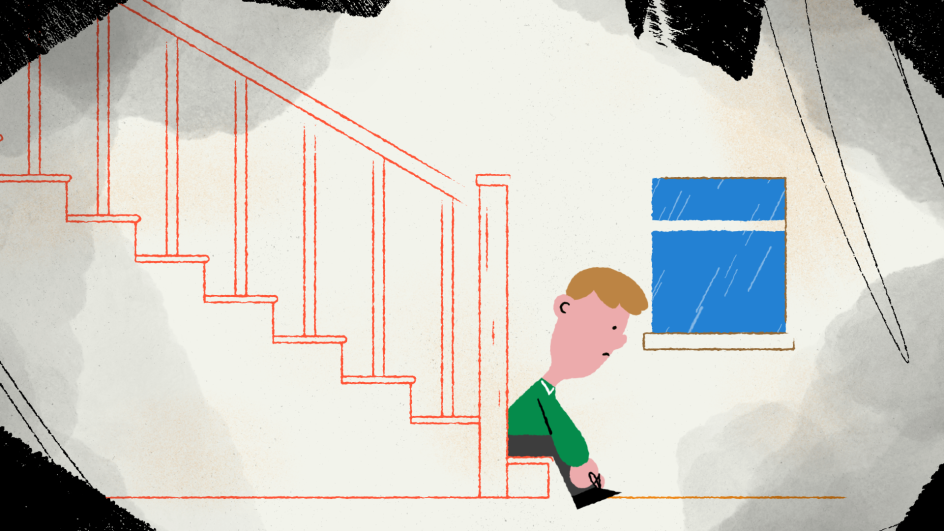
A key consideration for Flow was to ensure that the film's storytelling and visual style told the stories of young people in a way that felt authentic and aligned with their experiences. "We didn't want to patronise or talk down to the audience, and we didn't want the film to feel overly sentimental while still communicating the emotional aspect of living with poverty," adds Karl.
To do this, they relied on a textured artwork style, which adds a sense of humanity due to its imperfections. Combined with relatable and accessible character designs plus a fluid mix of keyframe and frame-by-frame animation, the short is infused with a sense of emotionality.
"A bespoke soundscape composed for this film helps here too, adding to a sense of sadness at the start of the film when we're talking about how poverty affects young people, but lifting to create a sense of hope and positivity when we talk about how the campaign is helping children," Karl explains.
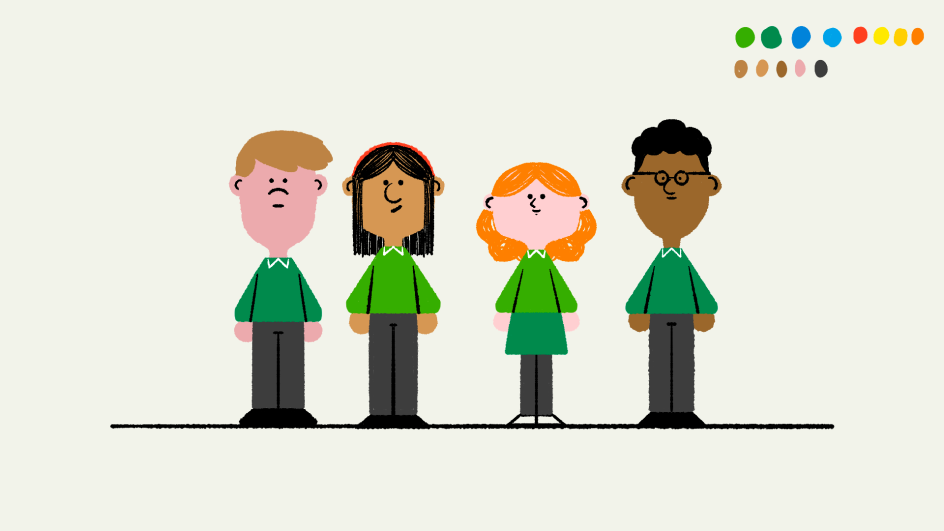
Despite dealing with weighty subject matter, Flow wanted to maintain a sense of hope, playfulness, and even humour. These are important elements when cutting through the noise of negative news that people are constantly bombarded with daily. Karl hoped that the animation would represent a break from that bleakness, even though its message is serious.
"The data shows that really harrowing and difficult charity communications don't have the effect they used to," he reveals. "People are exhausted by the constant bad news and are often much more likely to support a cause if it's framed more positively.
"We always try to explain the challenges in these kinds of films, and we don't sugarcoat or minimise them. We also make it clear that there are amazing people and organisations working hard to help people dealing with those challenges. All of our charity clients have fantastic stories to tell, so it's not hard to find hope."

To this end, Karl argues that animation is perfectly suited to communicating complex and challenging messages. In them, creators can create a visual language that is easy to access and understand. Also, when paired with good scripts and voice acting, they can break down nuanced issues without oversimplifying them.
"Most importantly, you can tell a story that will resonate emotionally with the viewer," Karl adds. "Humans think in stories; it's how we process and understand the world around us. We make decisions based on an emotional response, however much we qualify, and post-rationalise afterwards. That's why human-centred, emotional storytelling is a powerful way to reach people and create change."
It's an approach that has proven to work, too. The film has been well received by audiences and has helped The Trussell Trust to reach a huge online audience. However, the real work of the animation will be done in schools all over the UK when it is presented in digital assemblies. "Hopefully, that is where it will have the biggest impact," Karl concludes.


















